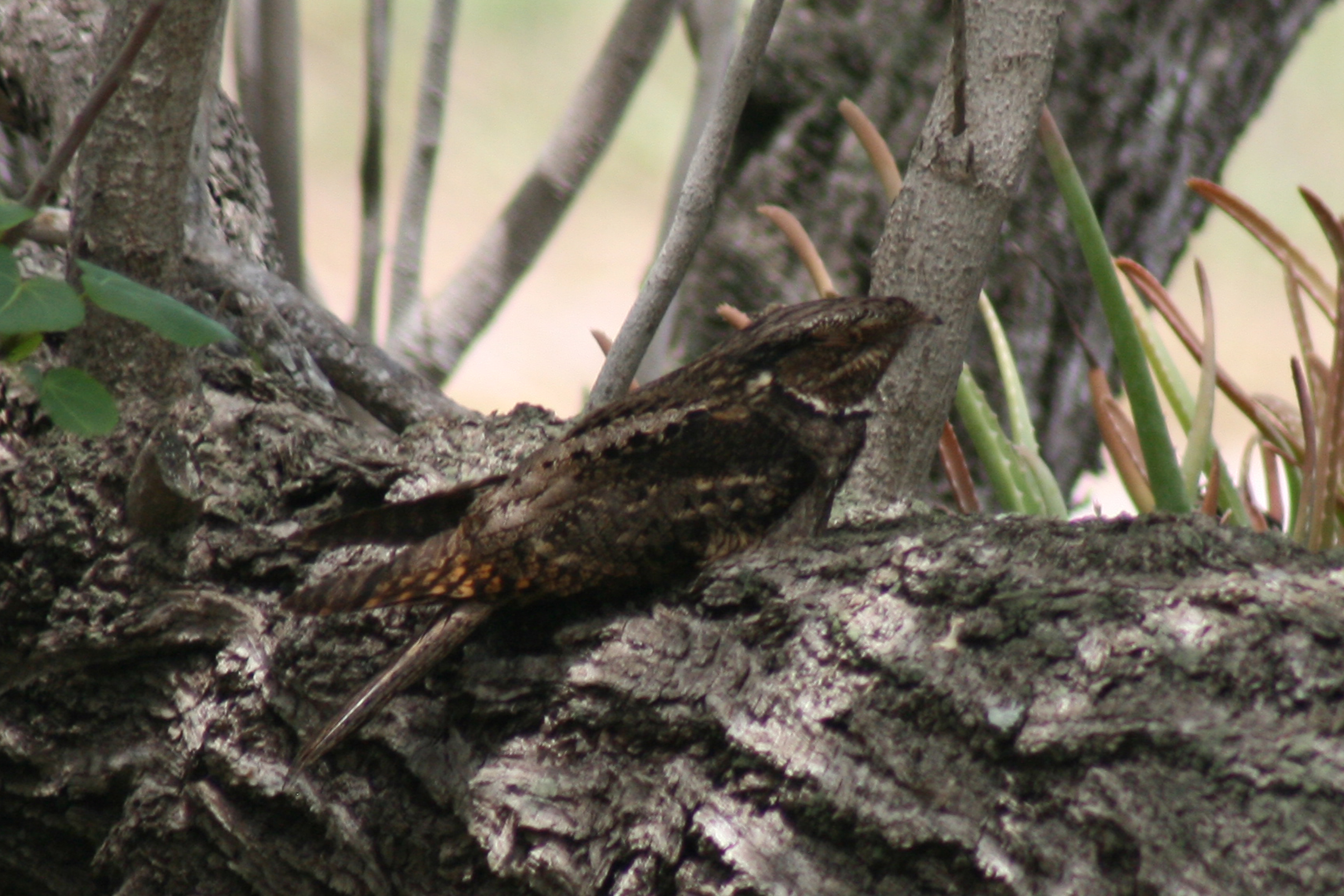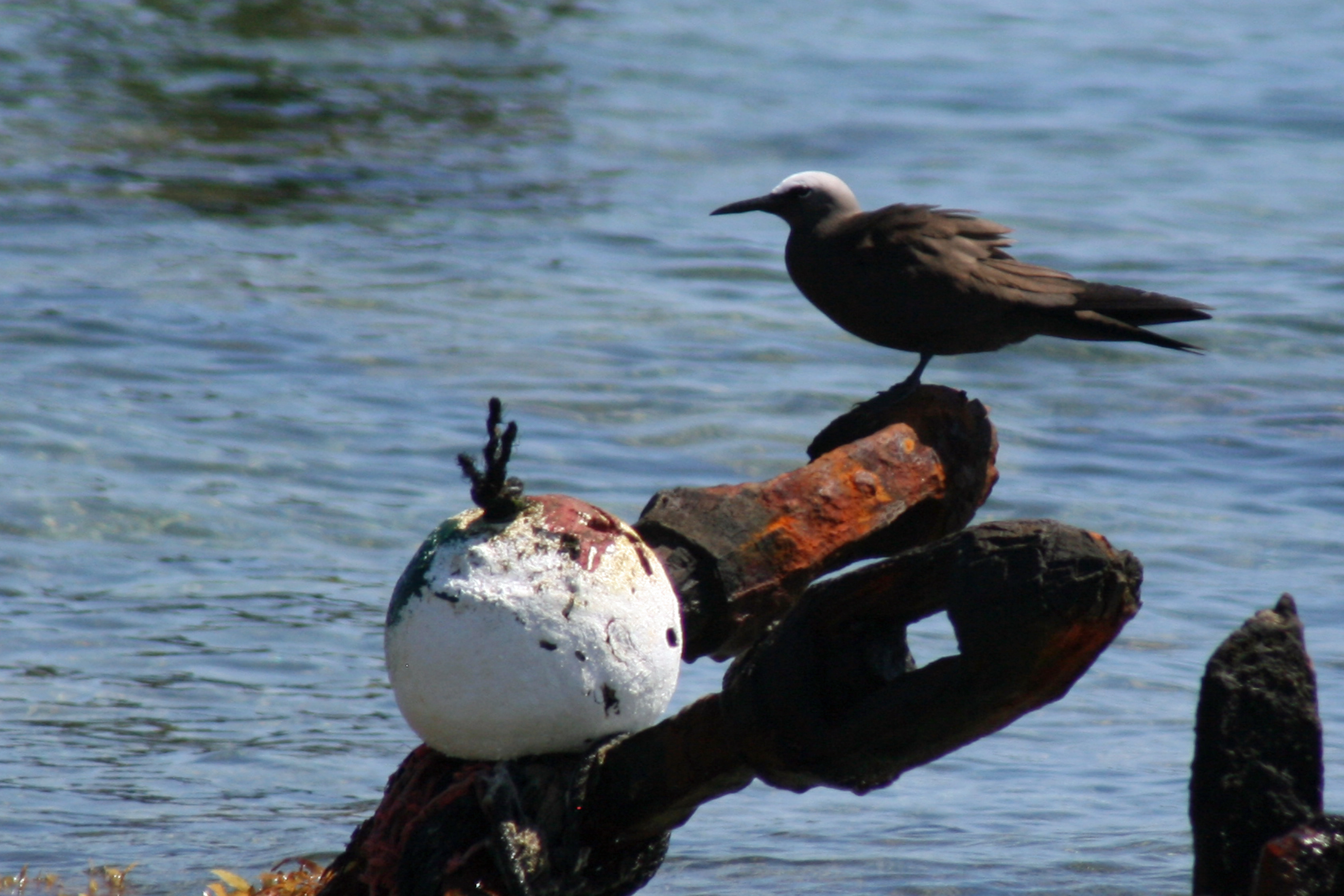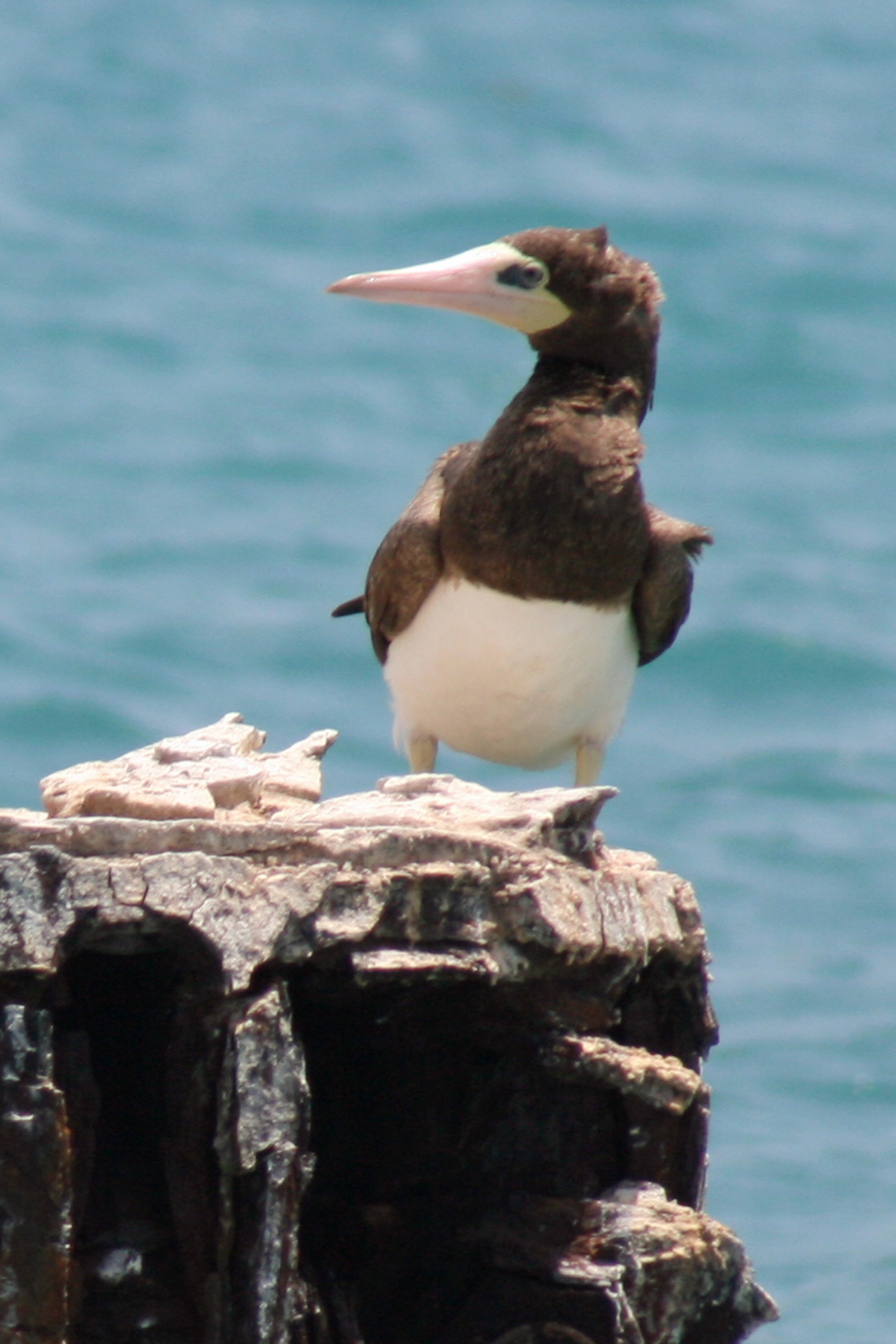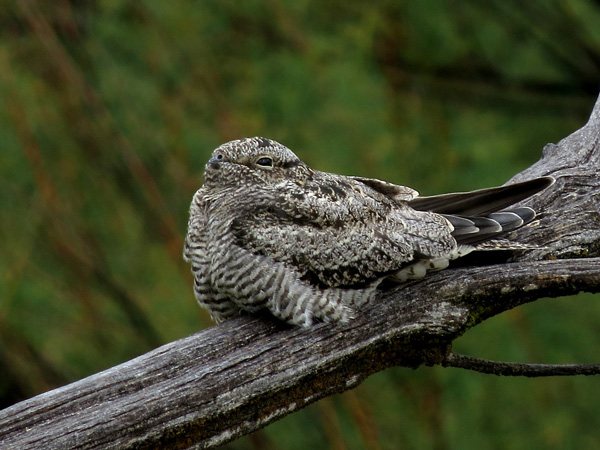Utah County Birders Newsletter
|
 |
Contents
May Meeting
Upcoming Field Trips
Captain's Log
Bird of the Month
Field Trip Report
New Species for Utah?!
Thursday, May 11th, 2017
Skipper Bay Trail bird walk with Suzi and Amanda Holt. Meet at the parking area
at the Skipper bay trailhead. Bring bug spray just in case!
Meet at 6:00 pm at the Skipper Bay Trailhead; the walk is anticipated to end
around 8:00pm.
Directions and details for Skipper Bay can be found here:
https://www.utahbirds.org/counties/utahco/SkipperBayTrail.htm
Thursday, May 11th, 2017
See May Meeting section above (there will be a field trip in place of the monthly meeting).
Other Field Trip Options:
Note: There are a couple of interesting birding activities happening around the
state this month. We encourage you to participate in the Great Salt Lake Birding
Festival and the Ute Mountain Mesa Verde Birding Festival. See information
below.
Come join us at The Great Salt Lake Bird Festival!
Keeli is leading two field trips for the festival - one on Friday May 19th to
Diamond Fork, and one on Sunday May 21st to Clover Springs, Lookout Pass, and
Fitzgerald WMA in the West Desert. For more information on registering for these
and other exciting field trips, classes, or the GSL Festival banquet you can
visit the festival website at:
http://www.daviscountyutah.gov/greatsaltlakebirdfest
Also of note, the Ute Mountain Mesa Verde Birding Festival will be held May
10-14, 2017 in Cortez, CO. There are many interesting festival events and field
trips scheduled. For more information go to:
http://cortezculturalcenter.org/birding-festival/
We are actively recruiting people to lead local half-day field
trips, any time, any place. If you would like to lead a field trip or if you
have any ideas for this year’s field trips, please contact Keeli at -
keeli.marvel@gmail.com
Utah County Birders
Captain’s Log: May
2017
by Keeli Marvel
Just got back last night from back to back trips to Florida and the Grand Canyon
and I’m gone again next week training for work. May is going to fly by, I can
already tell!
The nice thing is I actually have some great birds to report. I picked up 11
life birds on my recent trip to Florida. We flew into Miami and spent the first
day doing the boat tour at Biscayne Natl. Park, about an hour’s drive south of
Miami. The boat tour takes you out to Boca Chita Key where you have an hour or
so to bird around the small island. We did the afternoon tour, so it wasn’t as
birdy as we hoped, but I bet the morning tours would prove to be even birdier.
Even so, I picked up lifer Gray Kingbirds, Magnificent Frigatebird, and a
Bananaquit, and Terri, who was along for the trip, picked up a lifer Cape May
Warbler. We also got to see a black-tipped reef shark and an unidentified
species of ray from the top of the lighthouse. Biscayne NP is a great place to
pick up some interesting birds during migration and I highly recommend it!
The next day Terri and I did a little bird watching from our porch and the dock
along the key channel at our resort and picked up lifer #4 for me, a
White-crowned Pigeon. From my limited research, I’d read that you have to go
specific places in the keys to find them, but we found that wasn’t true. If you
pay attention, you can see them flying around, perching in trees and on
powerlines all over the island. They’re pretty obvious, too, as they are tall
dark pigeons with bright white crowns. We also saw a few other good birds while
hanging out on the dock and wandering around the hotel throughout the week,
including both Brown and American White Pelicans, a Green Heron, the ubiquitous
Laughing gulls, Cape May, Chestnut-sided, and Black-throated Blue Warblers,
Red-eyed Vireo, Least Terns, Summer Tanager, Indigo Buntings, and more
Magnificent Frigatebirds.
The best birds of the trip were, of course, on our visit to Fort Jefferson on
Garden Key in Dry Tortugas National Park. The park service employs a major tour
operator to take boat loads of people from Key West on the 2.5 hour boat ride to
Garden Key every day. The tour isn’t cheap, but it’s the cheapest way to get
there, as the alternatives are charter boats, planes, and private (and pricey)
birding tours. If you have the money, the private tours are definitely the way
to go because they may get you in closer to some of the islands where the
breeding colonies of boobies and noddies are. If you don’t have the money, the
National Park tour boat is the way to go. They feed you breakfast and lunch and
provide snorkeling gear and tours of Fort Jefferson if you like to hear about
the history. Because of our limited time on the island, Terri and I chose to
spend the entire time birding. I was rewarded for our efforts with 6 more
lifers: Brown Booby, Brown Noddy, Sooty Terns, Sandwich Terns, a
Chuck-will’s-widow roosting low in a tree inside the fort, and Prairie Warblers.
They maintain a fresh water fountain inside the middle of the fort and they
provide benches so you can sit and watch the birds come up to the water. At the
fountain we saw several species of warblers, including Ovenbirds,
Black-and-white Warblers, Tennessee Warblers, Common Yellowthroat, American
Redstart, Cape May Warbler, Northern Parula, Yellow Warbler, Blackpoll Warbler,
and Palm Warblers (which were very common and foraging on the ground all over
the island). Other interesting birds on the island included Baltimore Oriole,
Indigo Bunting, Rose-breasted Grosbeak, Scarlet Tanager, three different thrush
species (Gray-cheeked, Swainson’s and Veery), Yellow-billed Cuckoo, Royal Terns,
and dozens of Ruddy Turnstone foraging along the shorelines. The whole time we
were there, there were probably two dozen or more Magnificent Frigatebirds
circling around in the air above the island, and we took a spotting scope and
were able to pick out several males on the closed portion of the island blowing
out their red air sacs in full breeding glory. Dry Tortugas was a magical place
to mark off my bucket list. My only disappointment was that we didn’t have more
time to explore.


Chuck-will's-widow (all pics by Keeli Marvel) Brown Noddy

Brown Booby
Our final day in Key West we went to the Key West Botanical Gardens just off Hwy
1. There I picked up a lifer Kentucky Warbler, and we topped off the visit with
13 warbler species including a Worm-eating Warbler and a Northern Waterthrush.
We also picked up a brightly colored male Painted Bunting, a couple of
Dickcissels, another Chuck-will’s-widow, and an Anhinga to round out our trip
lists. The Botanical Gardens were a great place to bird – in fact – we ran into
a couple from the Dry Tortugas trip the day before who were also there birding.
The garden staff focus on passive gardening, so don’t go expecting perfectly
manicured flower gardens. Good news is though, the birds love it and we did too.
The day after returning from the Keys I drove down to the Grand Canyon where I
hiked down to the bottom of the canyon for two days. On the hike down we saw
both Black-throated and Black-chinned Sparrows, Canyon and Rock Wren, and
Blue-gray gnatcatchers. At the bottom, Lucy’s Warblers and Ash-throated
Flycatchers were my morning wake up calls. We weren’t lucky enough to spot any
Condors on our hike, although a couple of different people tried to tell me the
Turkey Vultures and Ravens might be Condors. On our drive back we stopped at
Navajo Bridge at Lee’s Crossing and caught a glimpse of a condor possibly
setting up shot in a nesting cavity. I also had a quick visit with one of the
really nice biologists from the Peregrine Fund who are monitoring the condors
and was out on the bridge tracking the birds and answering questions. All in all
I had a great couple weeks birding and saw some amazing scenery and some
fantastic birds! Stay tuned next month and I’ll report back from the Great Salt
Lake Bird Festival and the Mesa Verde Bird Festival.
Happy Birding!
 |
|
photo by Eric Huish |
Common Nighthawk (Chordeiles
minor)
by Machelle Johnson
FUN FACTS:
٠The first time I heard the word crepuscular was in regards to a Nighthawk:
“Crepuscular: of, relating to, or resembling twilight. Zoology. Appearing or
active in the twilight.”
٠They are also known as nightjars. What the heck is a nightjar?
Word Origin and History for nightjar: n. nocturnal bird, so called for the
“jarring” sounds made by the male when the female is brooding, which have been
described as a “churring trill that seems to change direction as it rises and
fall”.
٠An Old English word for it was nihtræfn “night raven”.
٠Another name is "goatsucker" (the Latin for goatsucker is Caprimulgus), from an
archaic, erroneous idea that the birds would fly into barns at night and suck
dry the teats of goats.
٠The most remarkable feature of this aerial insectivore is its small beak that
belies the massiveness of its mouth. Only the small tip of the bill is usually
visible.
I think it’s fascinating that we can learn something new about birds every time
we go out birding. For instance on a fieldtrip last year I first heard the
booming sound the males make at the bottom of their dive display. The sound is
created by air rushing through the primaries after a quick downward flex of the
wings.
The Common Nighthawk is fairly common and widespread. We start seeing them
around here in April, they start their fall migration from early August to
mid-October.
Pete Dunne describes it as “a wheeling, drunken-looking, falconlike bird feeding
high overhead at dawn and dusk.” Tiny bill, small head, big white patches near
the tips of the wings, and a long body that is big in the chest and tapers
acutely toward the tail. Overall mottled and mostly gray with dark, pale, and
some brownish patches. Common Nighthawks are well camouflaged when perched! By
day, perches length-wise along tree limbs. Nighthawks hunt on the wing for
extended periods at high altitudes or in open areas. Crepuscular, flying insects
are its preferred food source. The hunt usually ends when dawn becomes day or
dusk becomes dark, but they can be seen hunting in the bright lights of stadiums
and billboards.
Call is a buzzy, reedy “beeeez’t”, uttered after the bird executes a rapid wing
flutter.
Next time you’re out on a warm summer evening, watch as the “Common Nighthawks
roam the skies over treetops, grasslands, and cities. Their sharp, electric
peent call is often the first clue they’re overhead. In the dim half-light,
these long-winged birds fly in graceful loops, flashing white patches out past
the bend of each wing as they chase insects”.
Reference: Pete Dunne’s Essential Field Guide Companion, dictionary.com,
Wikipedia, Cornell Lab of Ornithology, AllAboutBirds.
If you would like to
write an article for the Bird of the Month, please contact
Machelle -
machelle13johnson@yahoo.com
Click here for past 'Birds of the Month'.
No report.
New Species for Utah?!
by Milt Moody
With five sight records before the Utah Bird Records Committee (link),
of previously undocumented bird species for Utah, there's a distinct possibility
that we may be getting a new species or maybe even several for its official
state checklist. The candidates are: Arctic Loon, Bell's Sparrow, Alder
Flycatcher, Common Crane and Black-throated Green Warbler.
Arctic Loon and Common Crane are mainly Asian species that sometimes "hang
out with the wrong crowd" in the Alaska-Siberia "summer break" area and head to
the Americans instead of the southern regions of Asia for the winter. The Alder
Flycatcher and the Black-throated Green Warbler usually go through the eastern
part of the US when they migrate between Mexico and Canada but can find
themselves on the 'wrong" side of the Rocky Mountains on occasion. The Bell's
Sparrow which is mostly in California and parts of Nevada and Arizona was split
from the "Sage Sparrow" as was our new Sagebrush Sparrow which is the one
usually see in Utah, so it presents more or an ID challenge since the Bell's and
Sagebrush Sparrows have a similar look but have "lighter/darker" and "less
prominent/more prominent" differences that present our expert Records Committee
members with a good challenge.
With "first state records", our Records Committee has a little higher standard
of scrutiny to make the species on our checklist deserve to be there.
Although the careful process of the committee takes a little time, there should
be some decisions coming pretty soon. We could cheer for some new species for
our state checklist, but it might be better to cheer for our conscientious and
expert Records Committee members to make the appropriate decision on our behalf!
It will be fun to see the outcome.
Printable Version of this UCB Newsletter